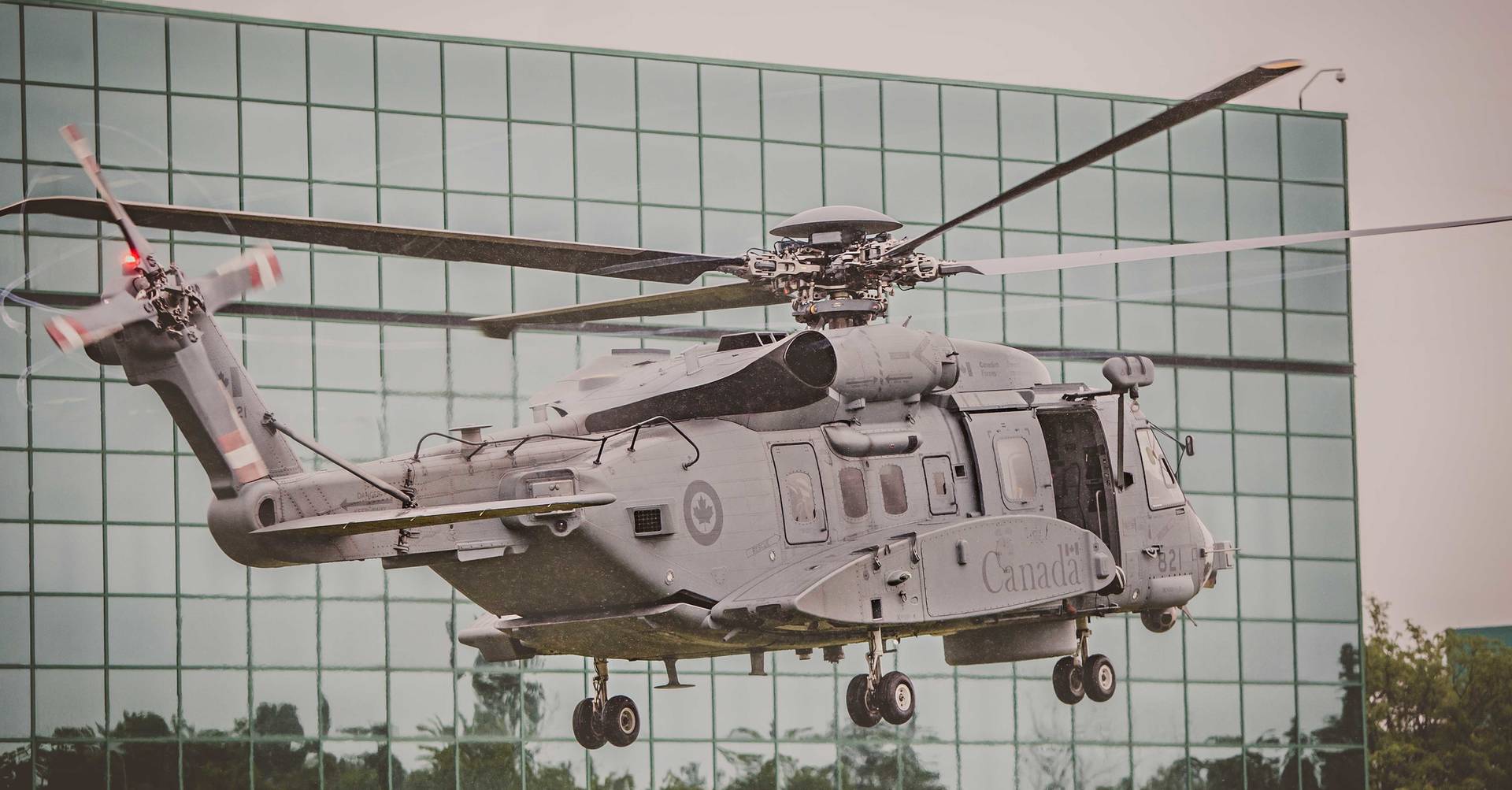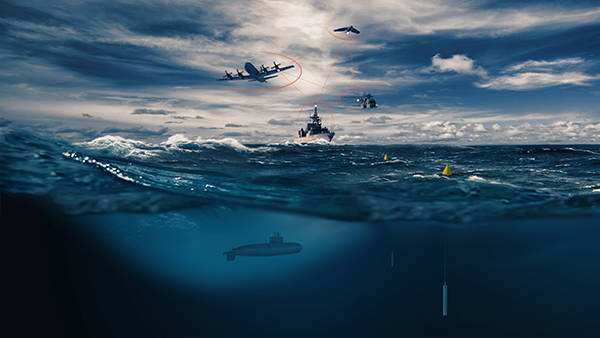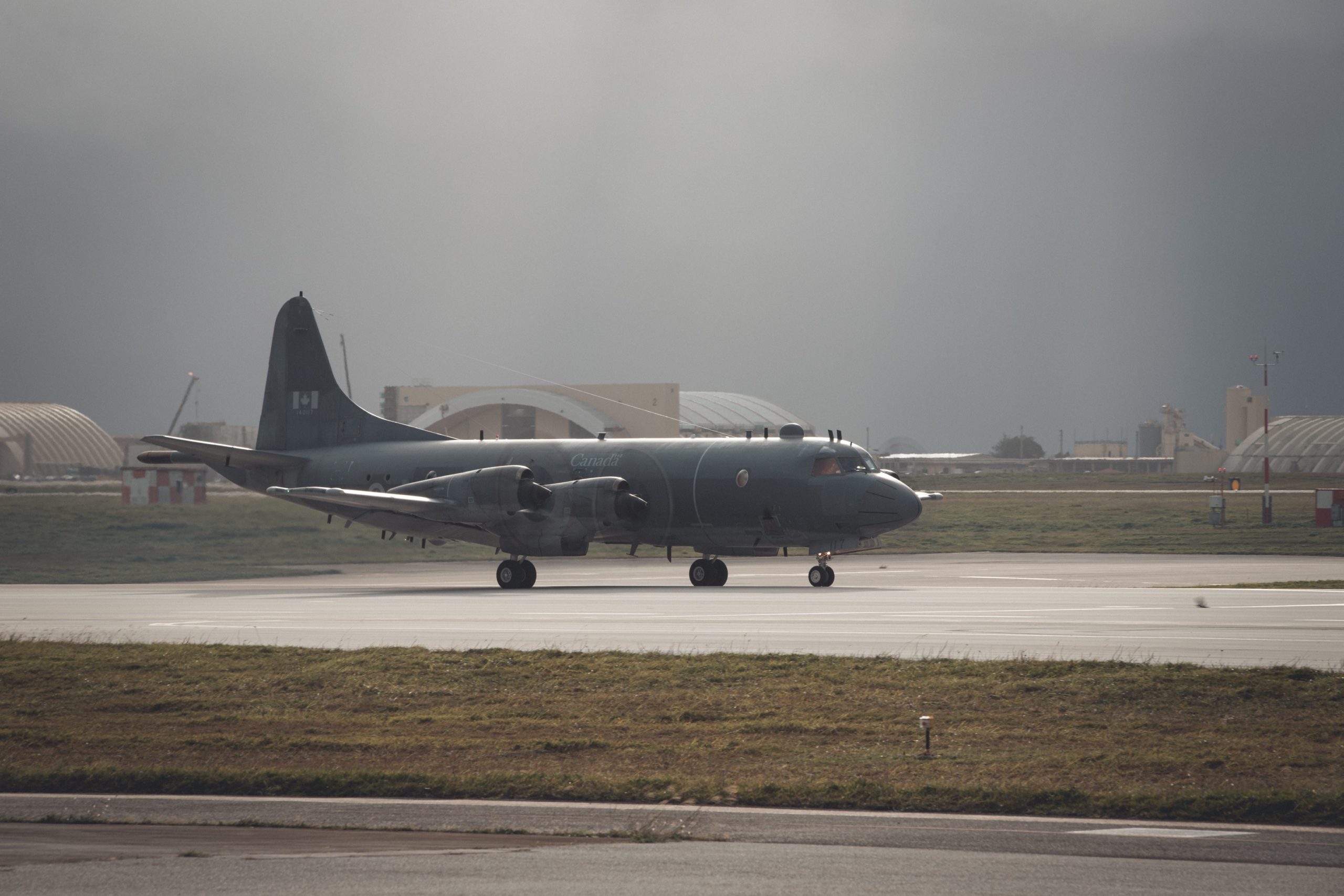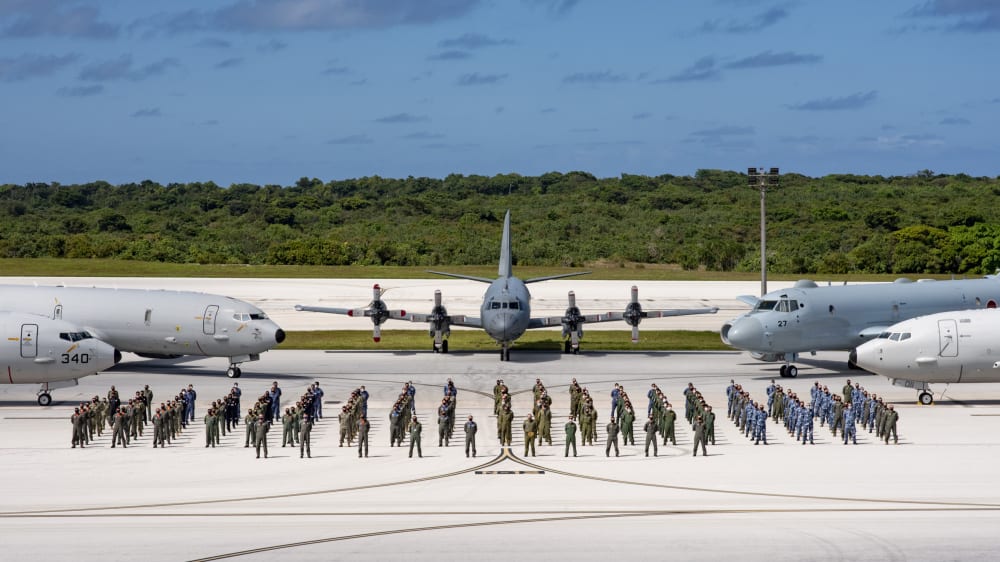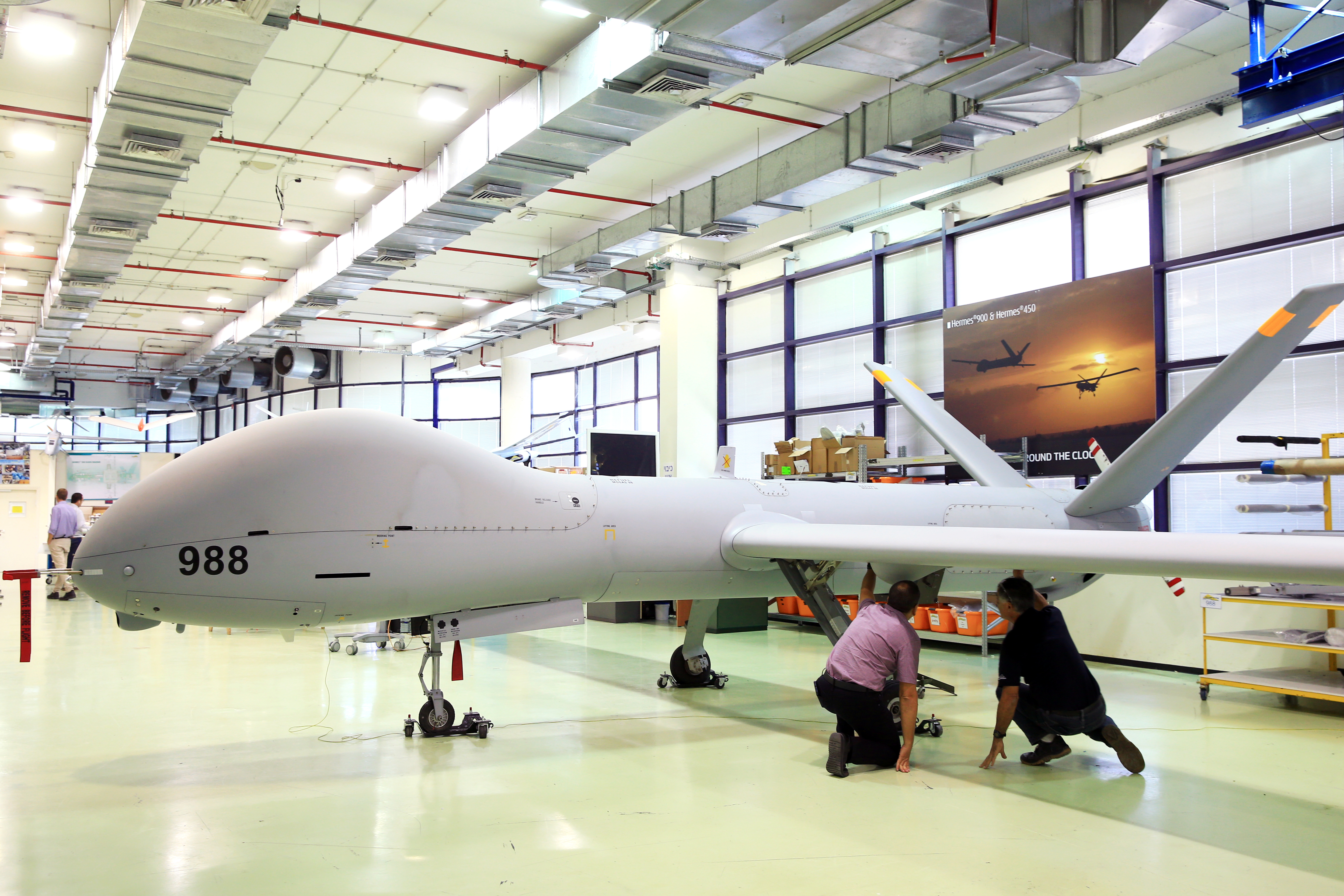Agreed Stringray, it never pays to read too much into exercise competitions, without knowing the rules applied.
Just wondering if anyone has seen the article by Brian Oliver in the latest RNZAF Journal (apparently up to Vol 6 now) on the EMAC project and it's history. The article is called "SMRPA, SMRMP, ASCC, EMAC: So What's In A Name?" Link to Journal
here. Sad to say that it's taken more than 20 years to achieve effectively nothing in fulfilling this need. Most of the article's arguments have been posted on this forum over the last several years (too few & too specialized P-8s acquired, King Air inadequate as backup - therefore need something in-between to bulk up the numbers), so it's good to see that some inside the RNZAF feel the same way as me.
Personally, I still favour the C295 in the Portuguese VIMAR configuration for EMAC - it is MOTS (no development cost), cheap to run, can reuse sensors from the Orions to lower initial capital cost & spares, has a roll-on roll-off MPA suite to give it multi-role utility (and therefore be military-run). I suggest maybe 4 aircraft, based from Whenuapai (where there is now space). Perhaps reconstitute a old squadron number (No.1?), perhaps to be known as "The Muttonbirds"? All you need to do Mr Henare is order the aircraft - time you pulled finger. Sadly, it seems we have another Defence Minister who is an empty chair at the Cabinet table (based on his first 6 months in office).

